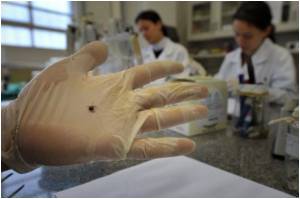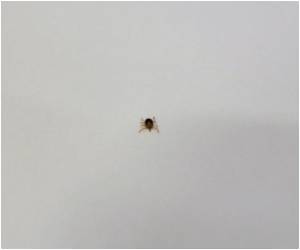Doctors in Australia have reported the first human case of the lethal tick-borne infection that has emerged in the south coast of New South Wales.

It is believed the 56-year-old man from the south coast of NSW caught babesiosis when he was bitten by a tick. He was first admitted to hospital in November 2010 following a motor vehicle accident, and then spent several months in hospital before dying in April 2011, while on specific anti-babesiosis therapy.
Human babesiosis is fatal in 5%-10% of cases, according to the authors. The first case of human babesiosis was reported in Croatia in 1957 and more recent cases have been documented in Asia, Africa and South America, they wrote.
The authors said that as the infection has never been detected in Australia before, its discovery in this patient, who had no significant history of travel, raised “intriguing questions about its natural hosts and epidemiology on this continent”.
Although the animal host is yet to be identified in Australia, the proximity of ticks, other wildlife and human populations along Australia’s eastern seaboard means that further cases may be encountered.
They said doctors should be aware of the signs and symptoms and how to diagnose it. They also said that as transfusion-related babesiosis is well recognized in other countries, “this case may have future implications for the screening of blood products in Australia”.
Advertisement
Source-MJA









